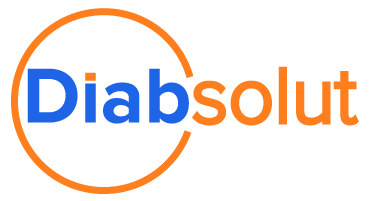Skill-Based vs. Role-Based Organizations: What’s the Difference and How to Transition
Author: Michael Riall
 Another year, another big change. It’s 2022 and we’re all still adjusting and adapting in order to find the right-fit Future of Work within our organizations. One of the widespread accelerated trends we’ve been monitoring, and seen move into the status of an established trend, is the need for organizations to transition from a skill-based workplace in order to:
Another year, another big change. It’s 2022 and we’re all still adjusting and adapting in order to find the right-fit Future of Work within our organizations. One of the widespread accelerated trends we’ve been monitoring, and seen move into the status of an established trend, is the need for organizations to transition from a skill-based workplace in order to:
- Attract and retain top talent.
- Re-establish standards for productivity within a remote work or hybrid work environment.
- Build more cohesive and effective teams.
Skill-Based vs. Role-Based
We’ve mentioned skill gaps numerous times in the past. They’re the bane of many a hiring manager’s existence and have an enormous impact on operations, workplace morale, and the customer or client experience.
If we take a look at traditional organizational structure, when an employee is put into a role, it’s generally assumed they have the right experience, knowledge, and skills needed in order to fulfill that role and complete the tasks assigned to them.
- This is a role-based organization.
However, the demands of today’s workplace have changed drastically since the days of traditional role-based hierarchies. Tasks that might normally fall to certain roles or groups are now far more likely to require some sort of technical skill to complete optimally—creating potential skill gaps.
- This is where role-based organizations are falling short.
A skill-based organization is one that assigns tasks based on skills and not roles. There still may be skill gaps, but tasks can be routed in a more targeted way, making gaps easier to pinpoint and fix.
Finding What’s Right for Your Own Organization
The important thing is finding something that works for your business and your people.
- Remote and hybrid work environments have made measuring and managing productivity more difficult.
- When teams are assigned projects or tasks they’re not equipped for, it creates massive amounts of pressure and stress because they’re being set up for failure and not success.
- People want learning and development; they are more likely to leave their job if they don’t get the opportunity to learn or utilize more of their skills.
Finding what works:
- Lean away from generalized objectives, and into deliverables.
- Take inventory of who has what skills and what’s missing.
- Build an organizational skills matrix—use technical skills as a starting point, then look at soft skills; see where there’s overlap.
- Look at upcoming initiatives and map out the skills needed to achieve a positive result.
- Work on attaining those skills in-house; compare long- vs short-term needs—prioritize long-term and address short-term via cost-effective options like managed staffing.
- Prioritize your people.
- Get leadership the training they need to help both them and the organization adjust in the right ways.
- Bring in skilled resources that can plug skill gaps and transfer knowledge to existing talent.
- Look into what types of training and development are wanted and needed by your employees.
Resources
If the goal is:
- Attract and retain top talent.
- Re-establish standards for productivity within a remote work or hybrid work environment.
- Build more cohesive and effective teams.
Remember that the only way to do these things is to have a solid basis that works for your individual organization, teams, and people. If you’re looking for help building up teams, projects, and people in the right way, we can help.
Search
Trending Topics
- E22: Introduction to Field Service Personas – Java With Sugar Podcast
- The Role of Customer Success in a Professional Services Organization: A Path to Achieving Business Goals
- Addressing Customer Success Challenges in Today’s Market
- Field Service Efficiency During Workload Variations
- Working With and Without Asset Lifecycle Management
- E21: Trends & Future Options for ALM – Java With Sugar Podcast
- Building Better Habits to Ensure Maximum Dispatch Productivity
- E20: Leveraging Maintenance Plans & IoT for ALM – Java With Sugar Podcast
- E19: Introduction to Asset Lifecycle Management – Java With Sugar Podcast
- E18: Click FSE Migration to Salesforce Field Service – Java With Sugar Podcast
